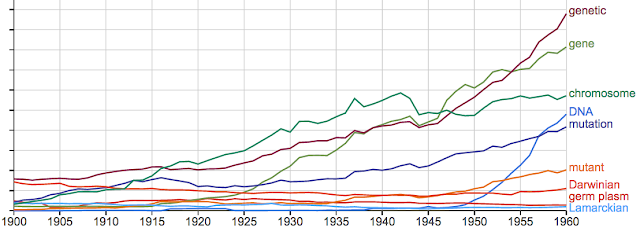 |
| cover art by Mitchell Hooks |
Future Science
Part of the science fiction game is that after the author makes a leap of imagination and introduces some fantasy science, the rest of our understanding of science and how the universe works is respected in the story. Explorations of imaginary future science and technology are best accomplished by authors who have some scientific training and knowledge of modern science, technology and how the universe works. Science fiction story writers who, out of ignorance, ignore existing scientific knowledge or contradict the laws of nature risk alienating Sci Fi fans by making bone-headed errors and destroying the ability of readers to suspend disbelief and enjoy the story.
Jesse Franklin Bone
 |
| cover art by Donald Maitz (see this) |
 |
| Thamber: The Gentilly Protocol |
The story is set thousands of years in the future. The setting reminds me of Jack Vance's imagined future in which humans spread outward from Earth into the galaxy. Some early colonies on exoplanets became "lost" and cut-off from Earth for long periods of time, developing their own unique cultures. Then, at some later point, the "lost" worlds could be found again and brought back into the confines of a galactic civilization.
 |
| source |
Lost World, Lost Genes
 |
| Seeds of Life (see this description) |
As Bone tells the story, the Lani people arose as the descendants of "Alfred and Melissa Weygand—a missionary couple with the idea of spreading the Christian faith to the heathen...they were a unit in a missionary fleet that had gone out to the stars with flame in their hearts and Gospel on their lips to bring the Word to the benighted heathen on other worlds.” (source) However, the whole story is built upon the absurd premise that nobody can tell that the Lani are humans.
 |
| The Man Who Evolved |
There is a long history of absurd depictions of evolution in "science fiction" stories (example). I put 'science fiction' in quotes here because many of these stories read more like "anti-science fiction" in which the author was playing some other game besides the science fiction "what if?" game. When a writer intentionally violates a known principle of science then they might have an agenda that goes outside the realm of the science fiction genre. Or could a trained biologist who got his doctorate in 1950 simply have been unable to recognize the importance of DNA?
 |
| DNA in science fiction (source) |
Magic Mutations?
 |
| Tall tail. |
In the far future of the Asimov Reality, humans were allowed to settle on the worlds of Alastor Cluster where they could be "infected" by Phari endosymbionts and allowed to evolve. Under those environmental conditions, a set of genes were found that can allow humans to use the Bimanoid Interface. Creating the tryp'At and the Ek'col did not involve magical mutations like the one that gave the Lani a tail... it was all by means of a sophisticated process of artificial selection and directed evolution. A Search Beyond explores the question of who did that directing.
Related Reading: The Alastor Network
Next: which humans are conscious?
 |
| visit the Gallery of Book and Magazine Covers |

No comments:
Post a Comment